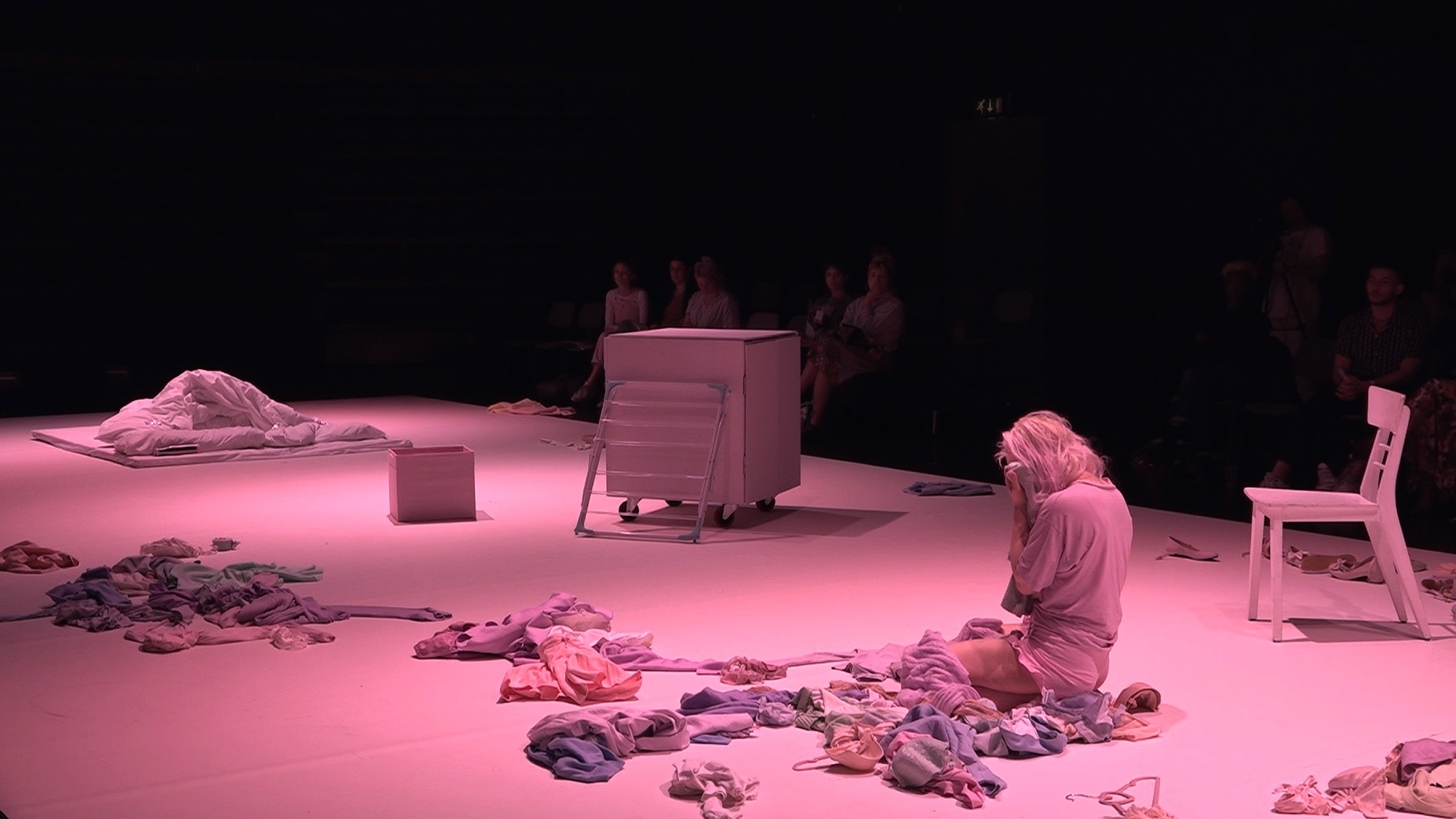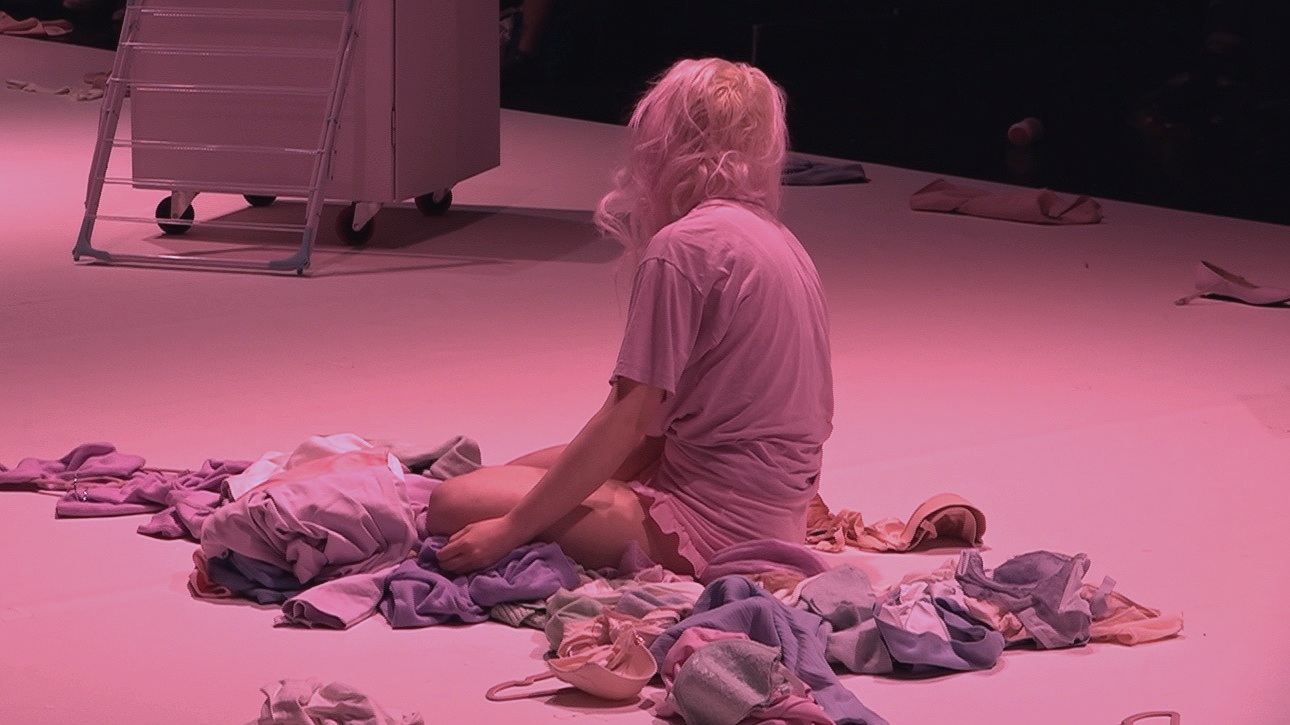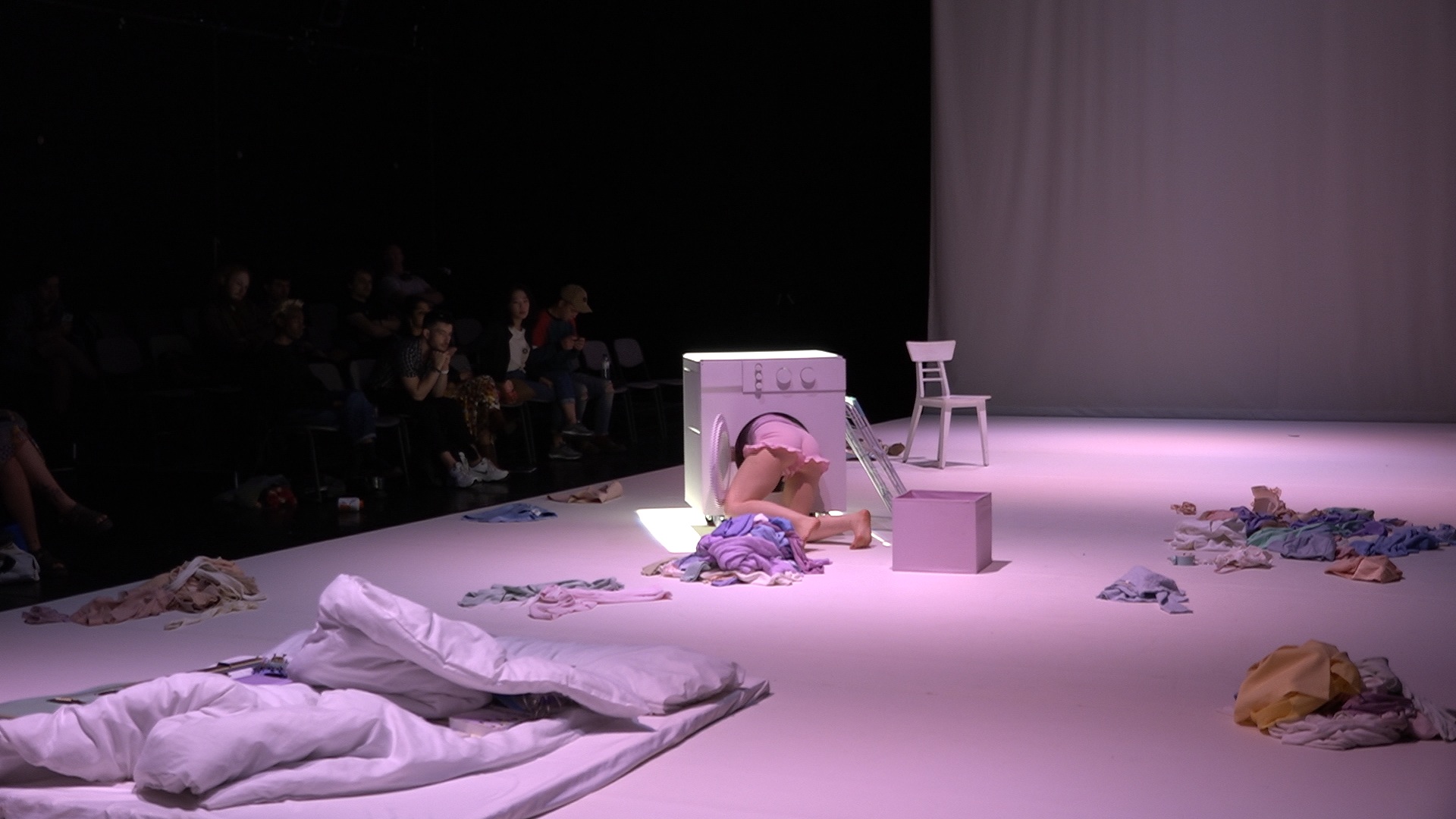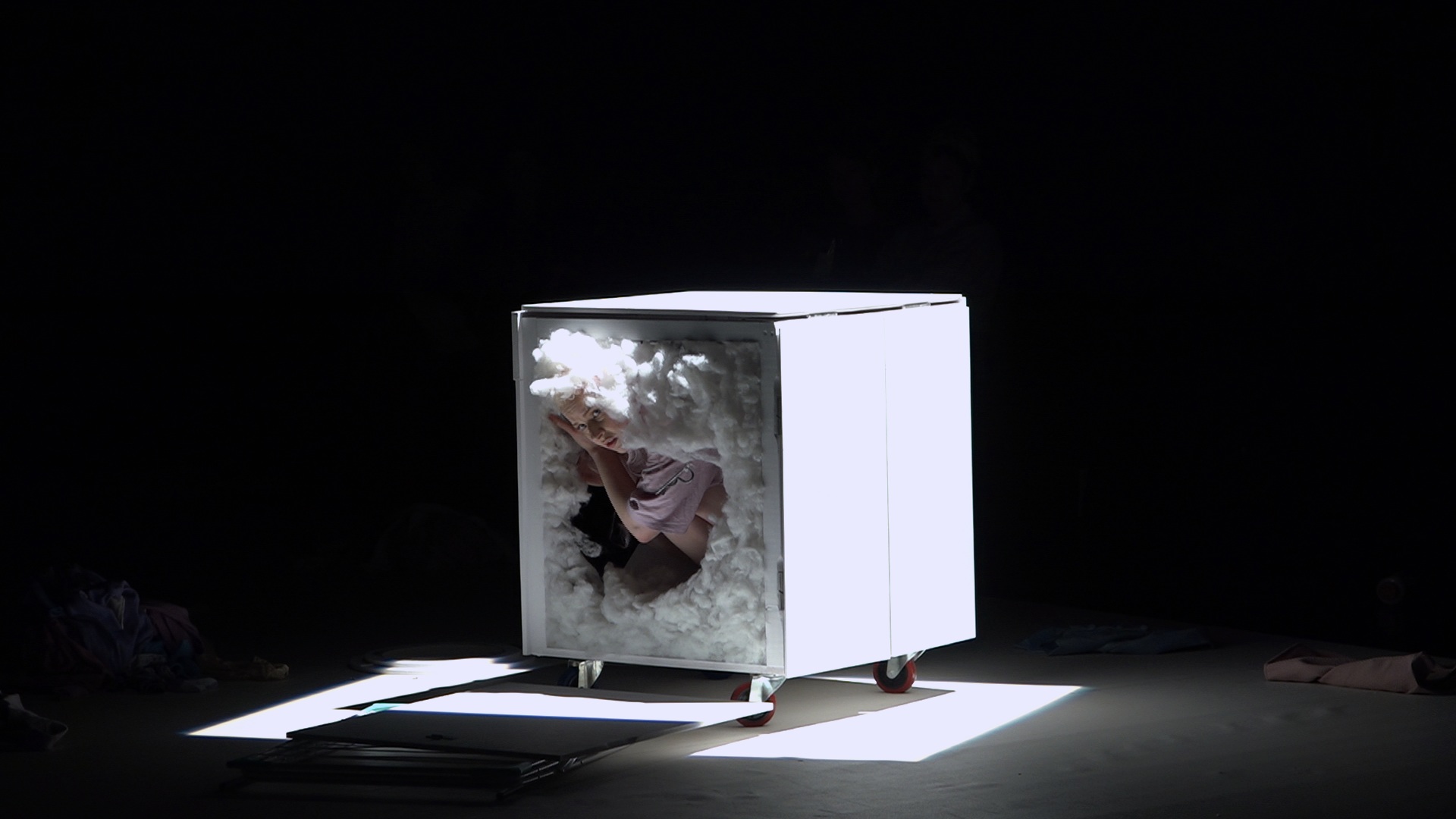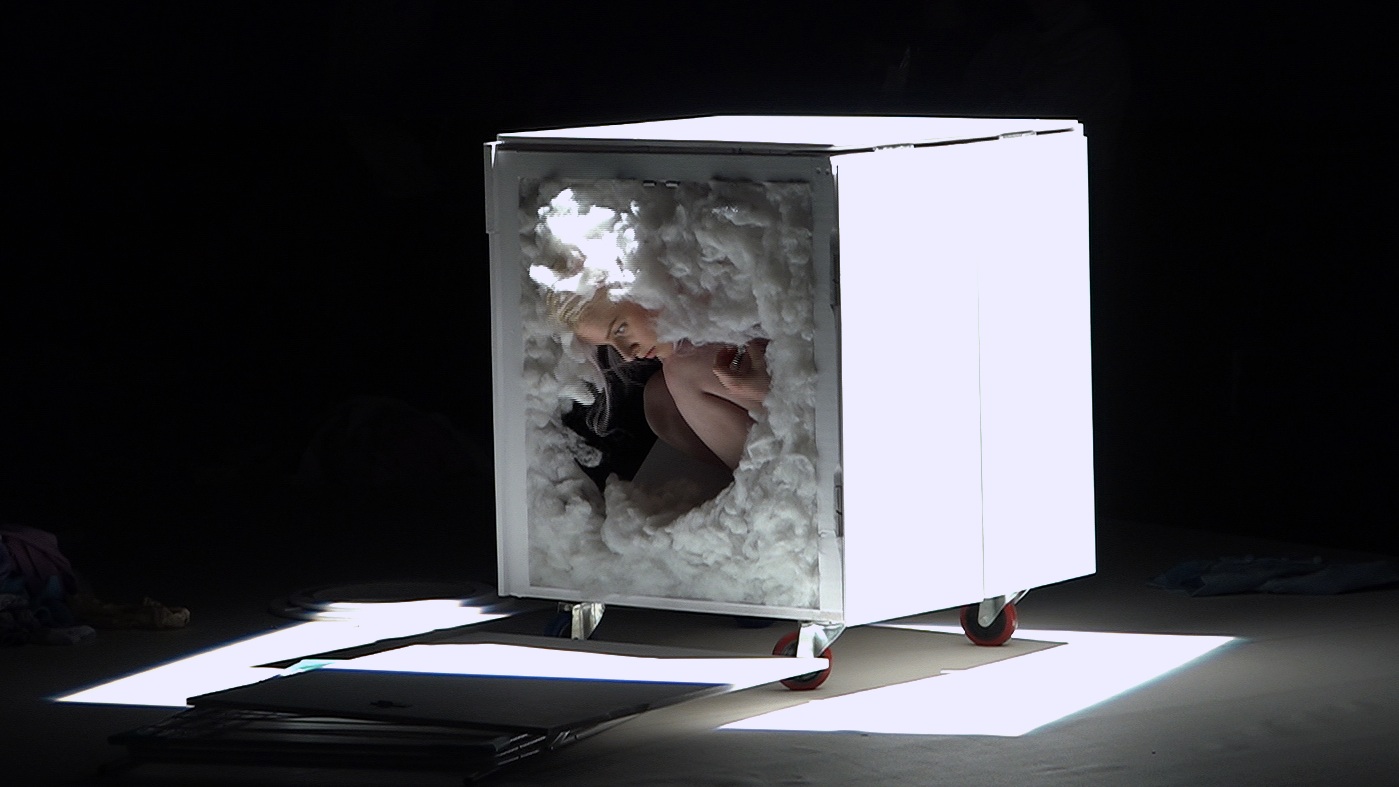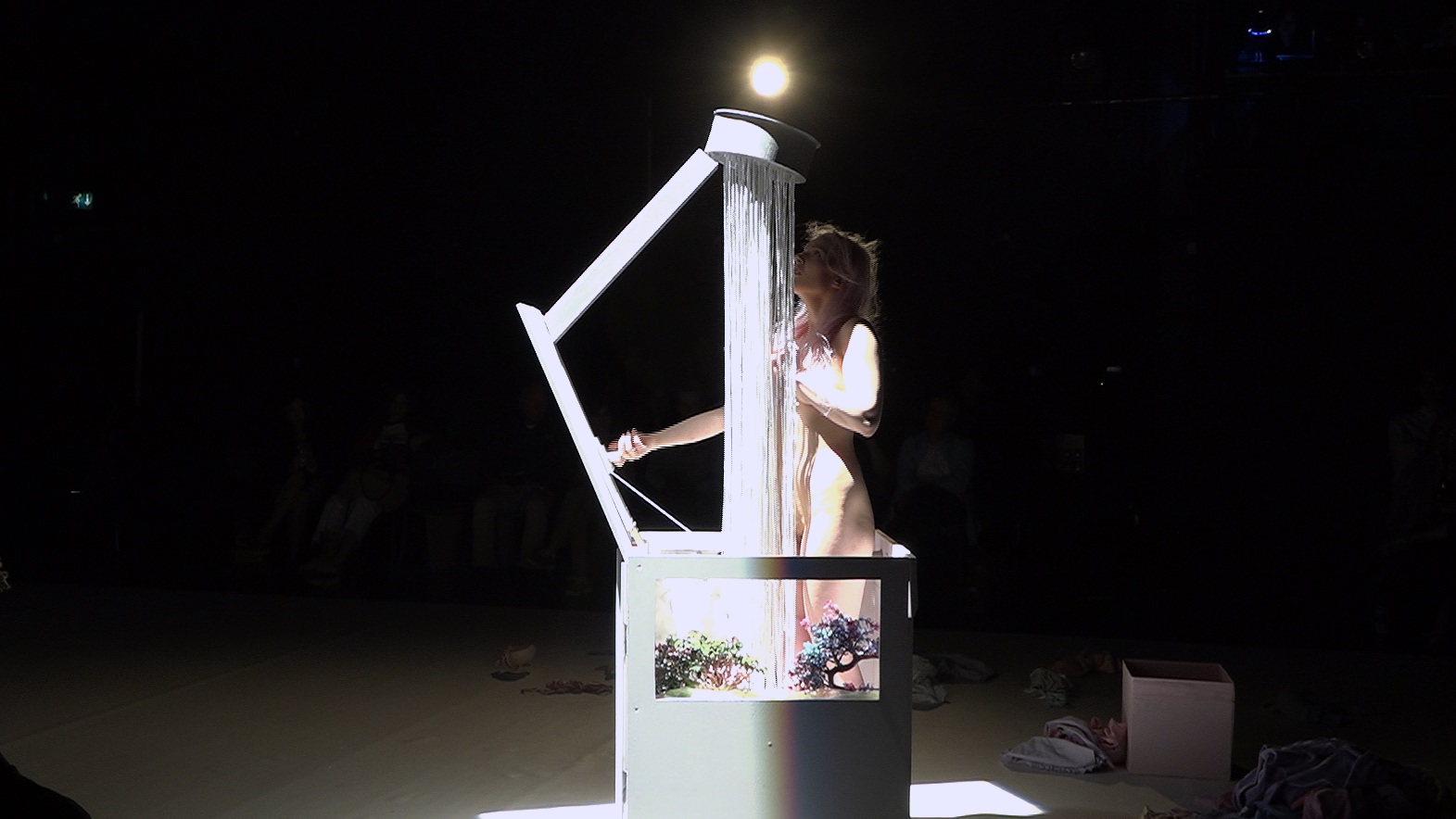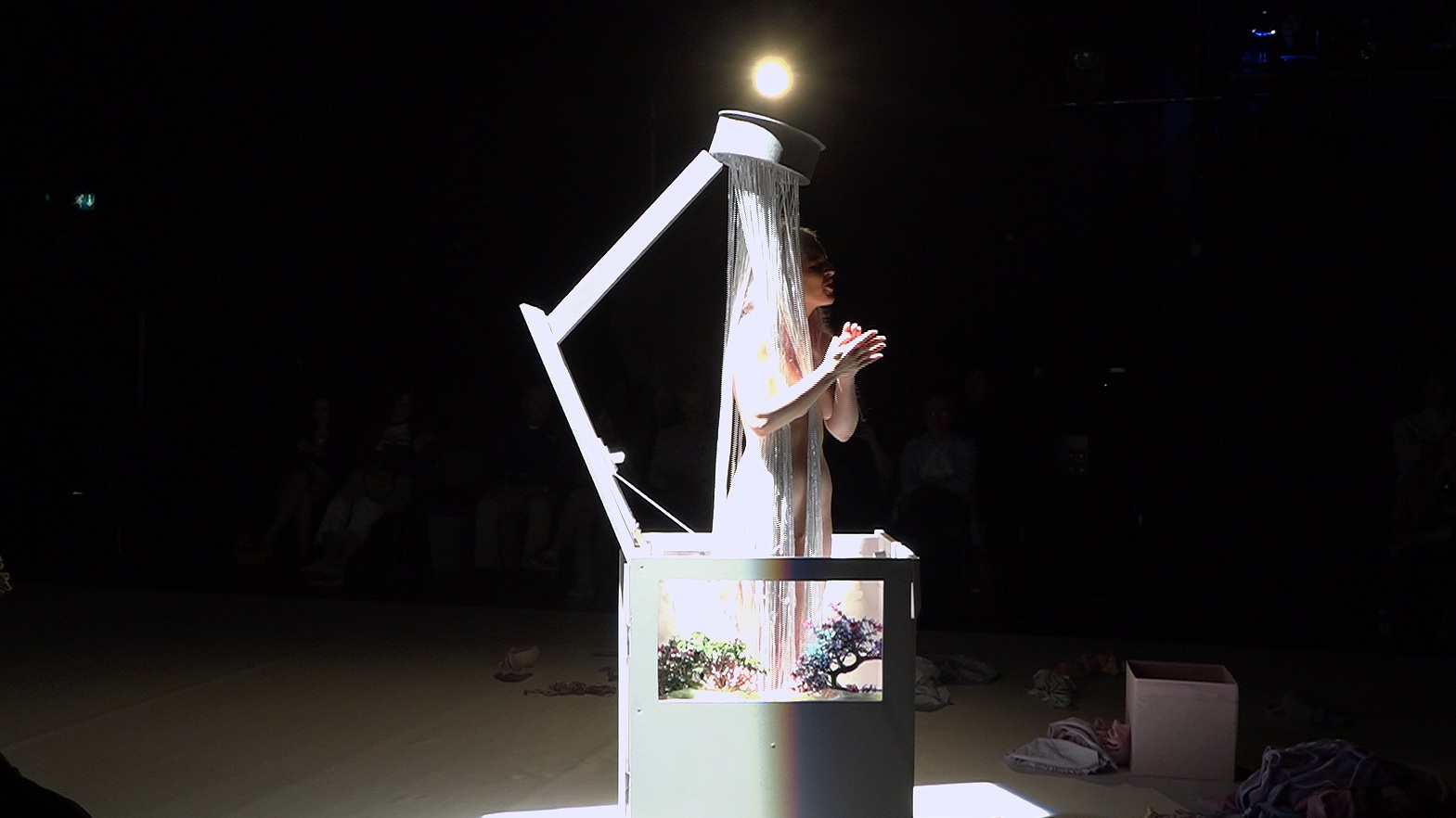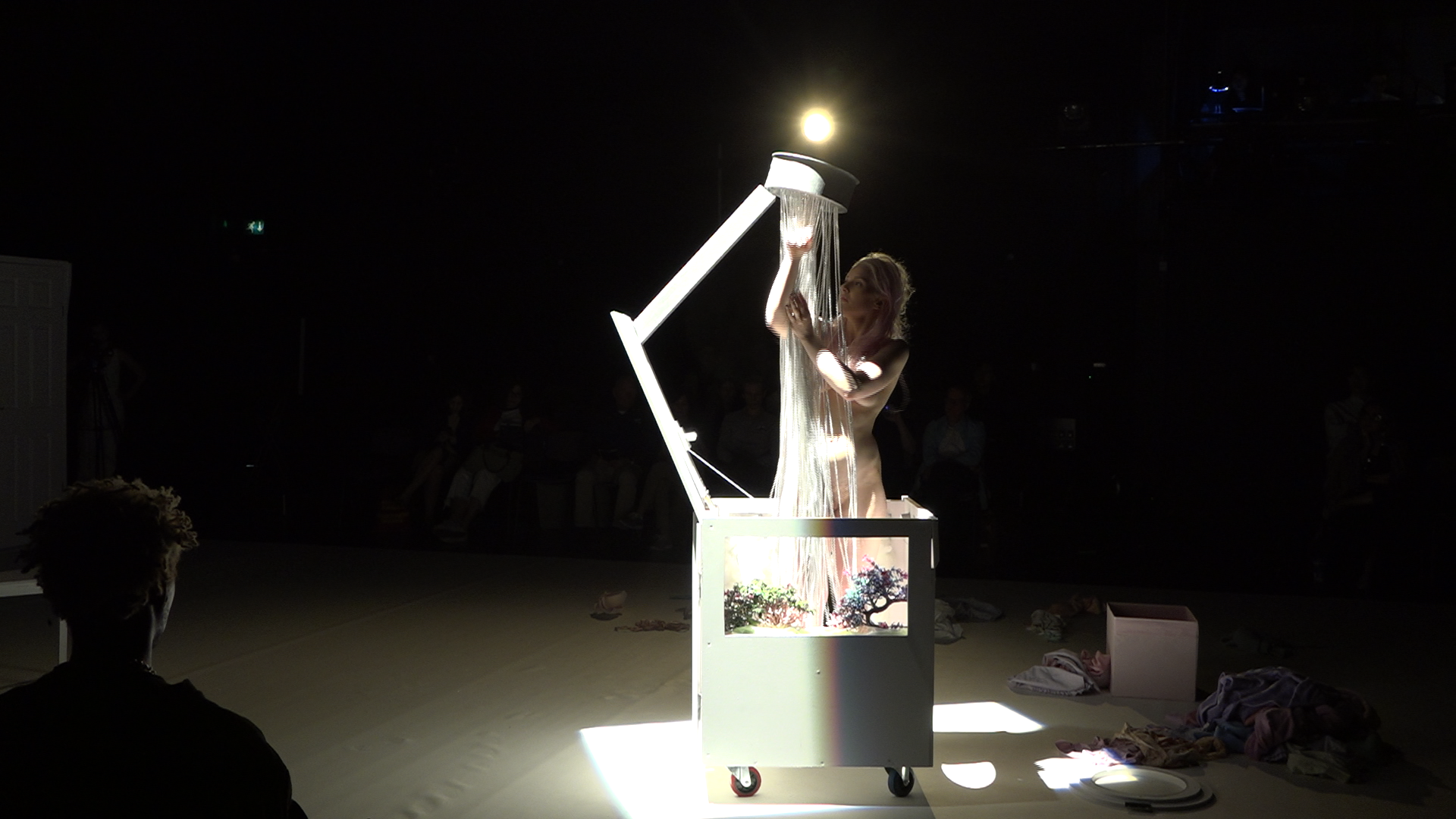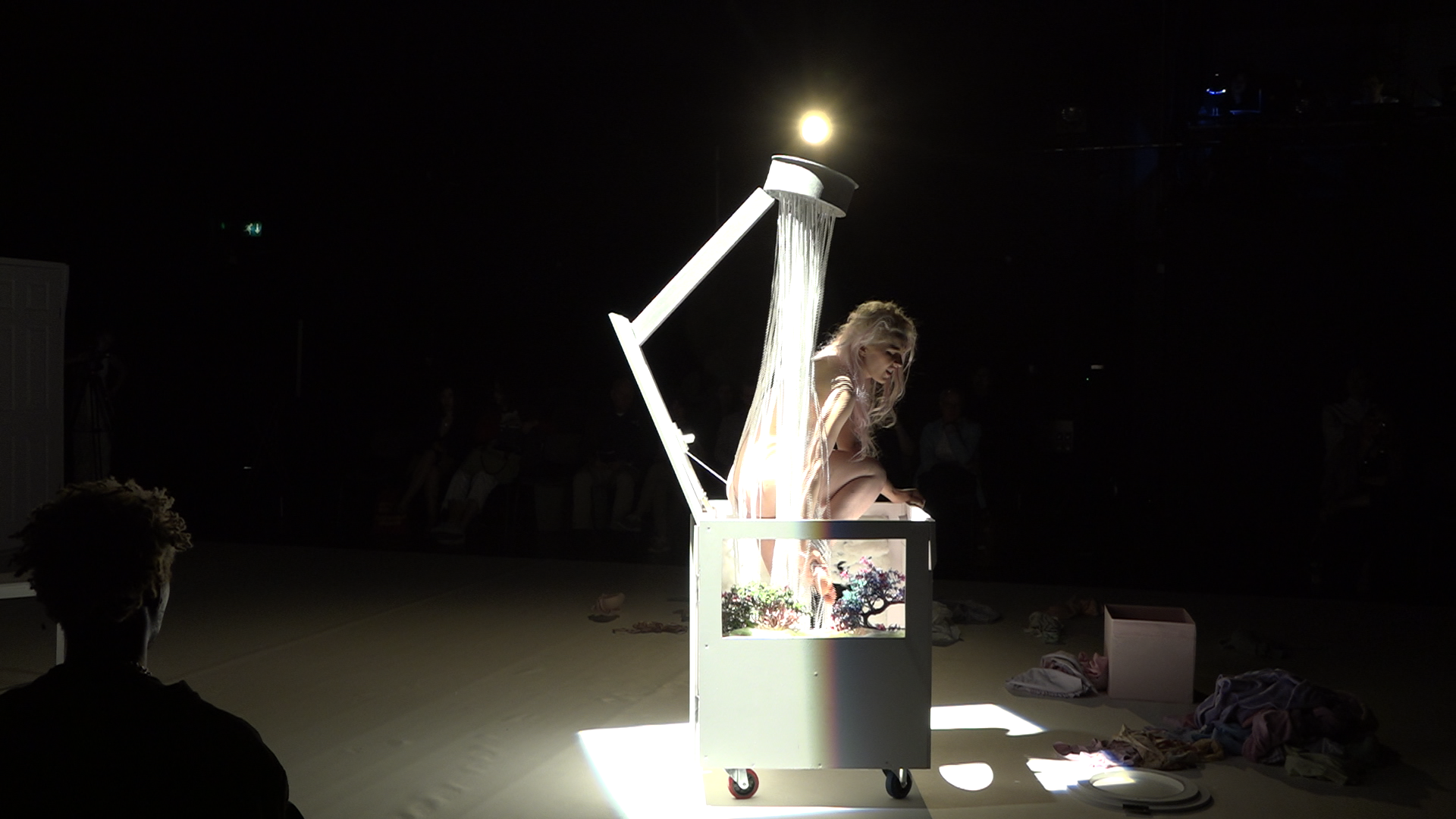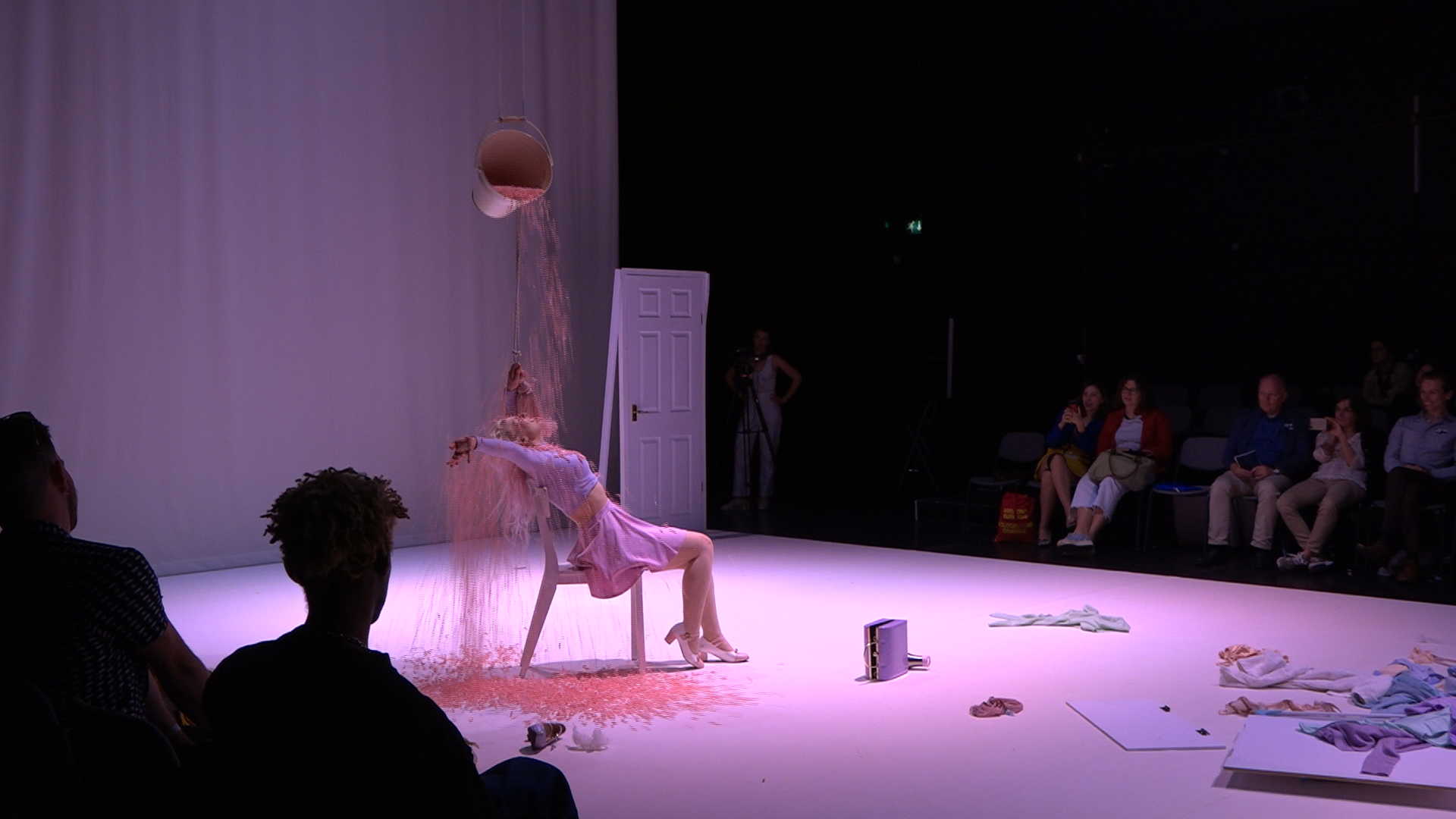Growing up with AD(H)D means performing normalcy every day, with an increasingly meticulously curated identity, hoping, desperately trying, to never break character.
Not all those who wonder are last stages the very part of Lena's life which she has invested endless time and energy in, to ensure that it remains private. It is a performance of the only part that isn't one.
Home, to Lena, is a dressing room, the chaotic backstage area only select few will ever get to see. It has to serve as a place of retreat before and after every 'public appearance', but it is also an unfiltered and, at times, oppressive culmination of the relics that reveal the cyclic despair in grappling with a chronic and uncontrollable affliction.
What most would consider to be simple, everyday tasks can be a series of overwhelmingly complicated and intertwined processes. Confused and distracted, Lena relives childhood memories of being overlooked, dismissed and harshly criticised by ignorant doctors, teachers, and friends who treat her as though she is purposefully standing in her own way. Unbeknownst to all, they are in fact symptoms of her undiagnosed neurological disorder.
In the traversial setting, their voices each hail from above one of the four audience ranks, talking over her /down to her, passing judgment on her behaviour from their perspective.
The set, namely a washing machine into which Lena crawls, dismantling, rebuilding and transforming it from the inside, is only ever partially visible to audience members, reinforcing the notion that those around us have very limited insight into what we experience.

